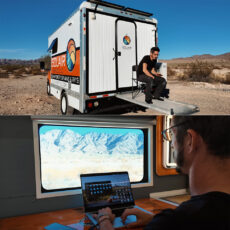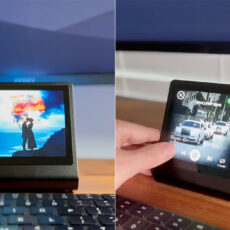
Photo credit: Levi Kelly
Levi Kelly, a YouTuber with a soft spot for shrinking living spaces to the size of a postage stamp, has outdone himself. His latest creation is billed as the world’s smallest mobile tiny house—a 21-square-foot camper perched atop a Japanese-imported mini truck. It’s less a home and more a dare: can you live in a space smaller than your average SUV’s cargo bay? Spoiler: Kelly makes it work, and it’s weirdly impressive.
The camper, a custom fiberglass shell, clings to the back of a compact kei truck, a vehicle class known for its pint-sized proportions and cult following among micro-living enthusiasts. At just 21 square feet, the interior is a masterclass in spatial Tetris. Kelly’s design maximizes every inch, incorporating a fold-down bed, a minuscule kitchenette, and storage that seems to defy physics. The shell’s lightweight construction—fiberglass over a skeletal frame—keeps the truck’s fuel efficiency intact while offering just enough insulation for three-season camping.
- CAMPER VAN BUILDING SET – Kids can enjoy vacations every day with this LEGO City Holiday Adventure Camper Van building set
- TOY FIGURES & CAMPER PLAYSET – This vehicle set includes everything kids need to build a camper van with a detailed living space, plus a campfire...
- FUN FEATURES – The camper van opens up for full access to an interior living space with a kitchen, toilet, 2 bunk beds, a crib and a removable...
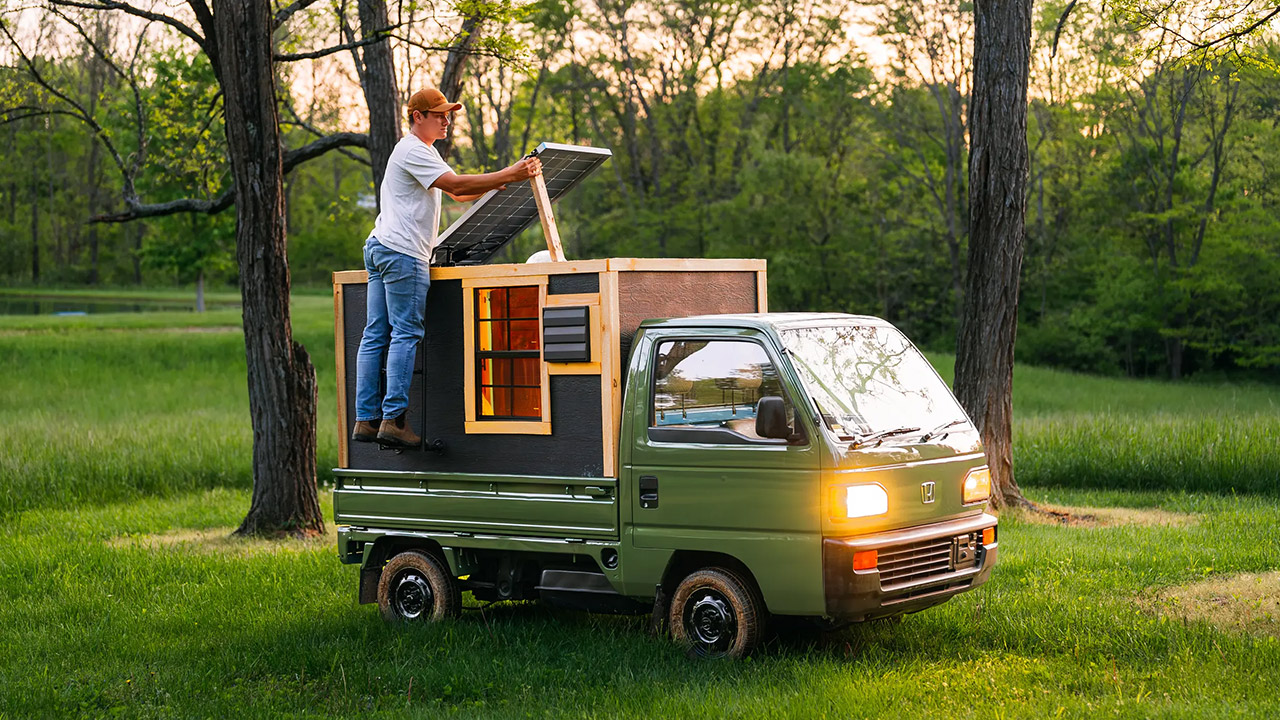
Step inside (if you can call ducking through a hatch “stepping”), and you’re greeted by a space that feels like a spaceship capsule designed by IKEA. The fold-down bed, which doubles as a bench, occupies half the floorplan. Above it, shelves hold essentials—think toothbrush, not toolbox. The kitchenette is a single-burner stove and a tiny sink fed by a 5-gallon water jug. There’s no bathroom; nature is your outhouse. Ventilation comes from a roof vent, and a battery-powered fan keeps things bearable in summer.

Kelly’s ingenuity shines in the details. Magnetic spice racks, collapsible cookware, and a hidden drawer for utensils make the space feel less like a gimmick and more like a livable puzzle. But let’s be real: this is a weekend warrior’s dream, not a full-time residence. At 6 feet tall, I’d be practicing yoga just to turn around.
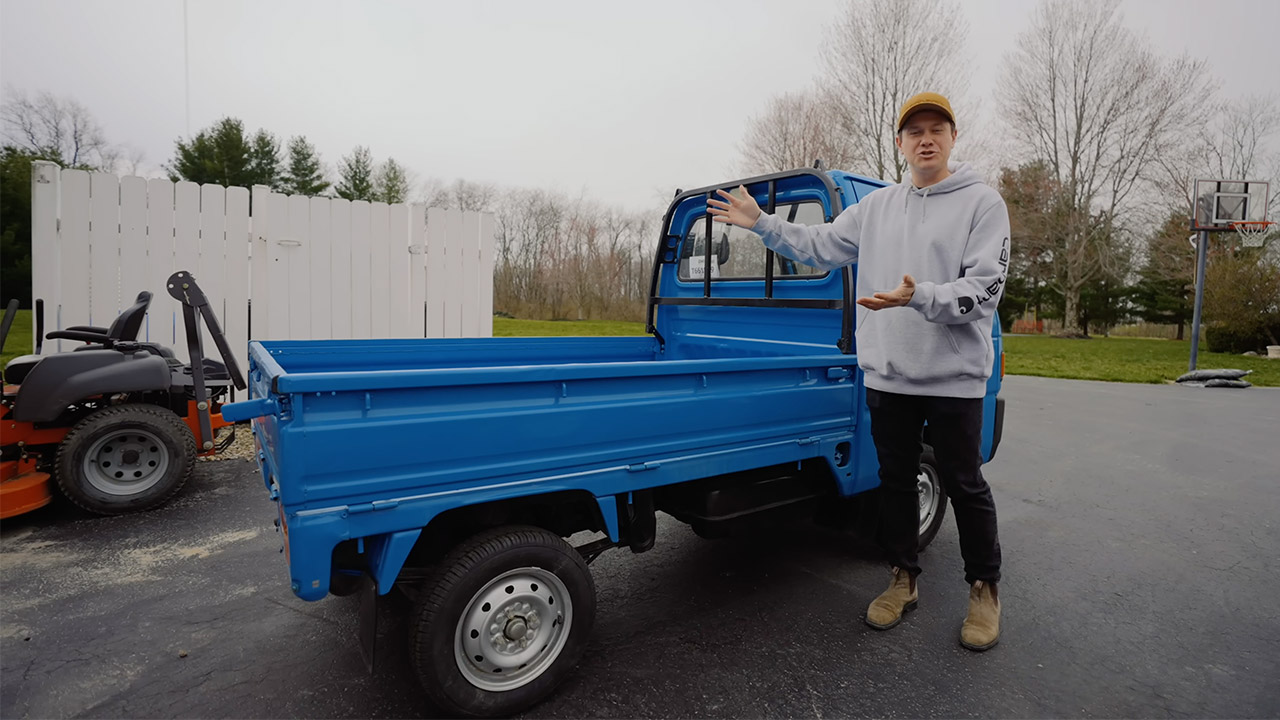
Don’t expect a smart home. The camper’s tech is minimalist but effective. A 100-watt solar panel charges a small battery, powering LED strips and a single USB port for your phone. There’s no Wi-Fi, no built-in speakers—just you, the hum of the road, and maybe a downloaded podcast. Kelly’s focus is on portability, not luxury, and the setup reflects that: it’s a rolling shelter, not a glamping palace.
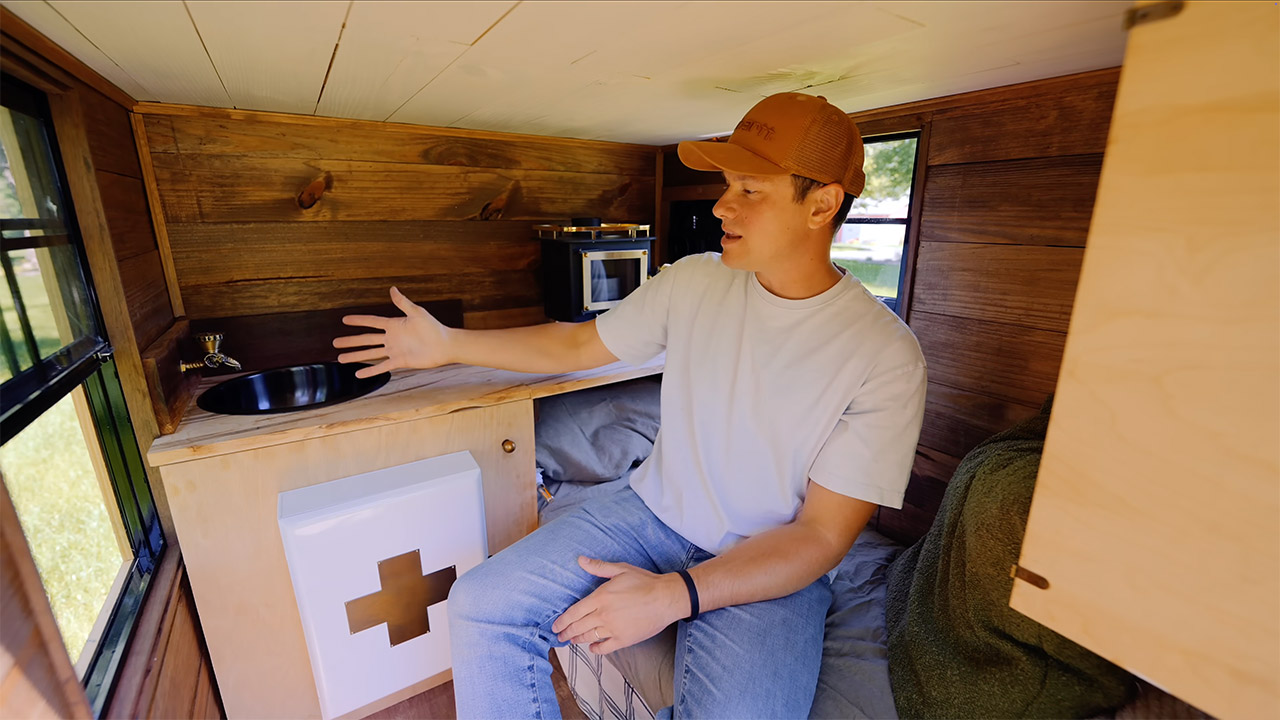
The kei truck’s off-road capability (barely) lets you venture beyond pavement, though don’t expect to tackle Moab. Fuel efficiency is a bonus—Kelly claims the truck sips gas at 40 mpg, even with the camper loaded.
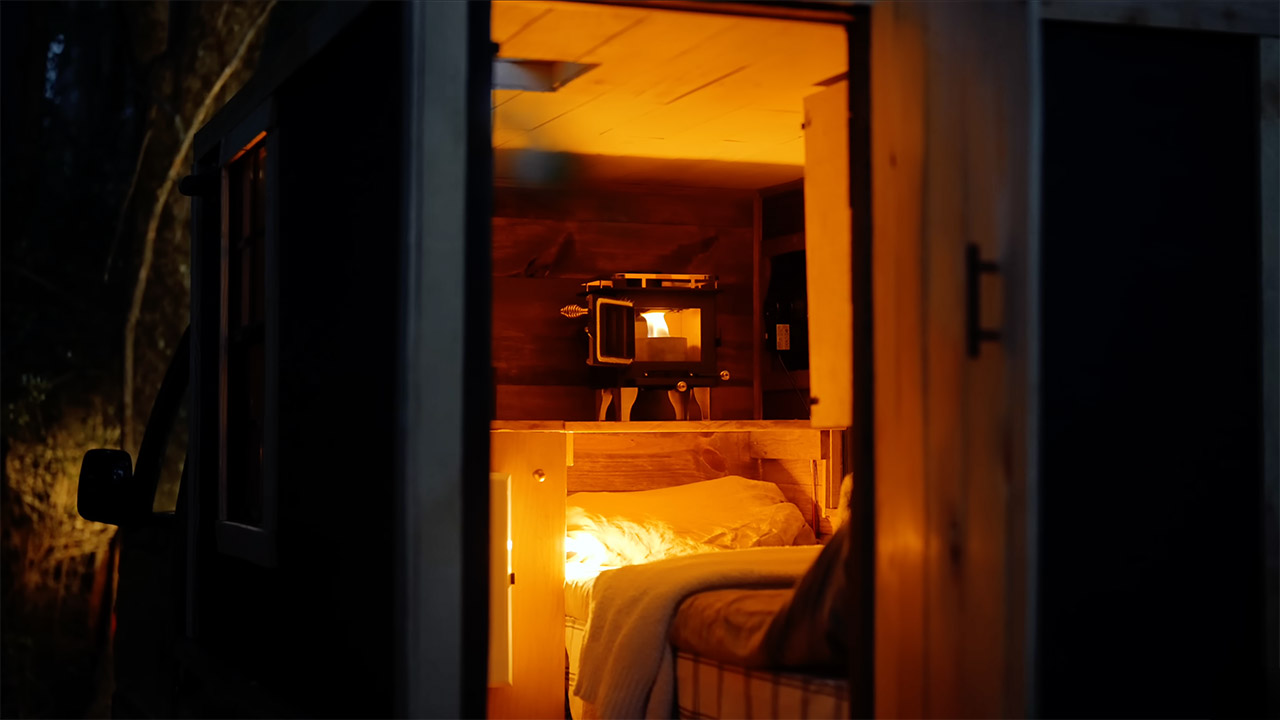
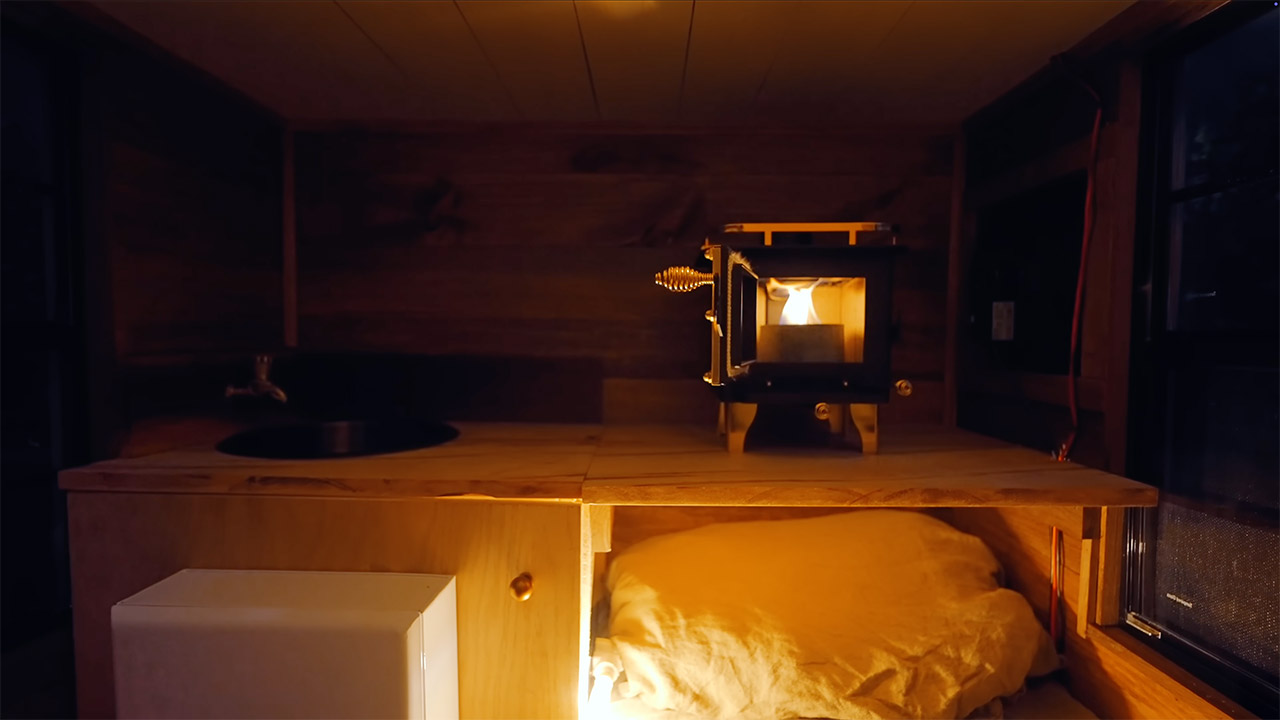
But it’s not all romantic sunsets. The lack of a bathroom and limited storage means you’re packing light and planning pit stops. And while the camper’s insulated, winter trips in colder climates might leave you hugging a hot water bottle. This is a niche product for a niche lifestyle—think van life, but for people who hate vans.
[Source]



